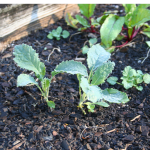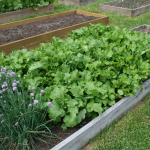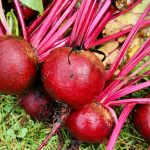Lear how to can tomato juice and how to make tomato juice without a juicer. I’ve updated my article on the topic here on Home Garden Joy so you can make tomato juice without a juice and can the juice.
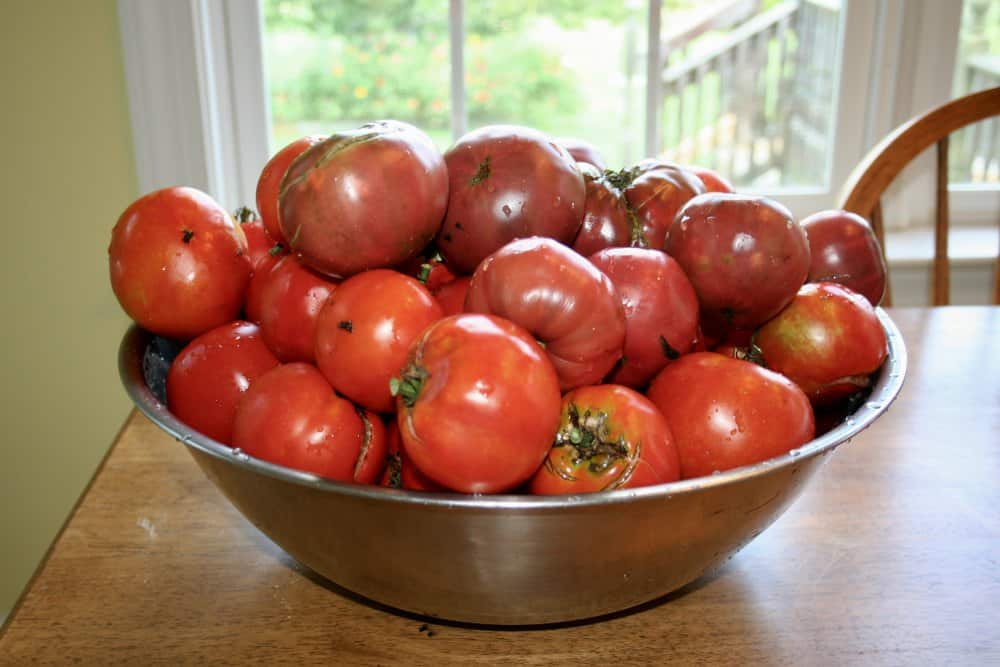
Canning Tomato Juice
In a previous article, I shared how to make tomato juice without a juicer. The process requires cleaning, slicing, and boiling tomatoes, then using a hand-held potato masher to smash them up.
Boiling breaks down the skins and cores and produces a thicker pulp. You could use a food mill but I prefer not to. I like the old-fashioned process and feel I get just as good results without having to clean an extra piece of equipment.
For this recipe, I used the following tomato varieties from my garden. All were grown 100% organically without the use of any commercial pesticides. At planting I use a handful of Epsom salt and commercial fertilizer, but that’s it. The soil is a rich mixture of compost, peat moss, and mushroom soil.
Tomato varieties this year:
- Big Beef
- Old Virginia
- Black Krim
- Early Girl
- Big Boy
Among these varieties, the Black Krim are the juiciest and the Big Beef the largest. If you prefer thicker juice, switch out a variety for paste tomatoes or boil the tomatoes longer. Boiling breaks down the cell walls from the thicker outer skin and adds heft and pulp to the juice,
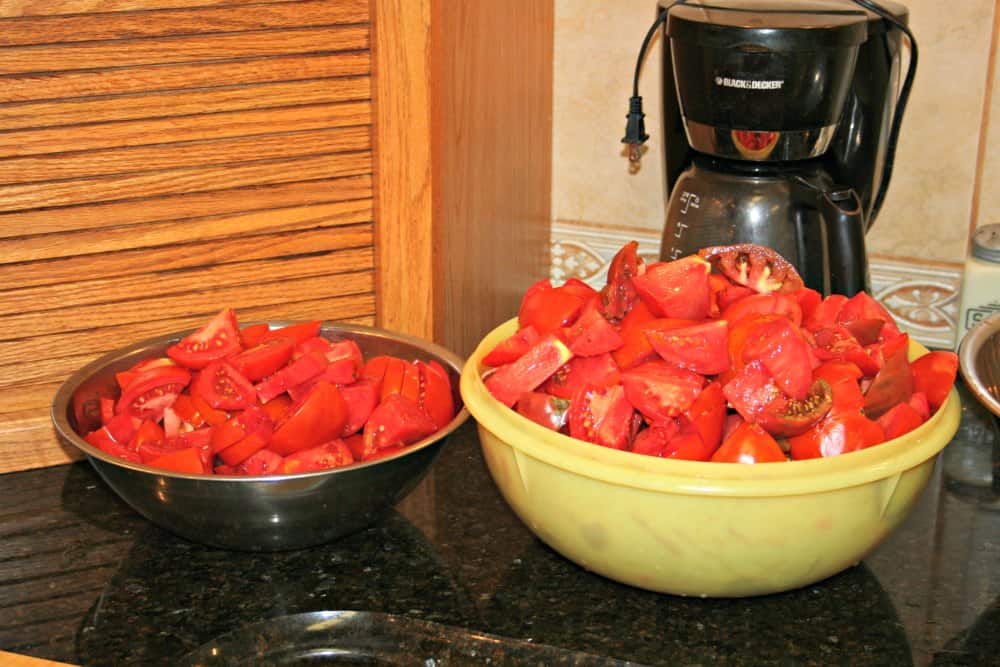
Tomatoes slices and ready for heating and crushing to make juice.
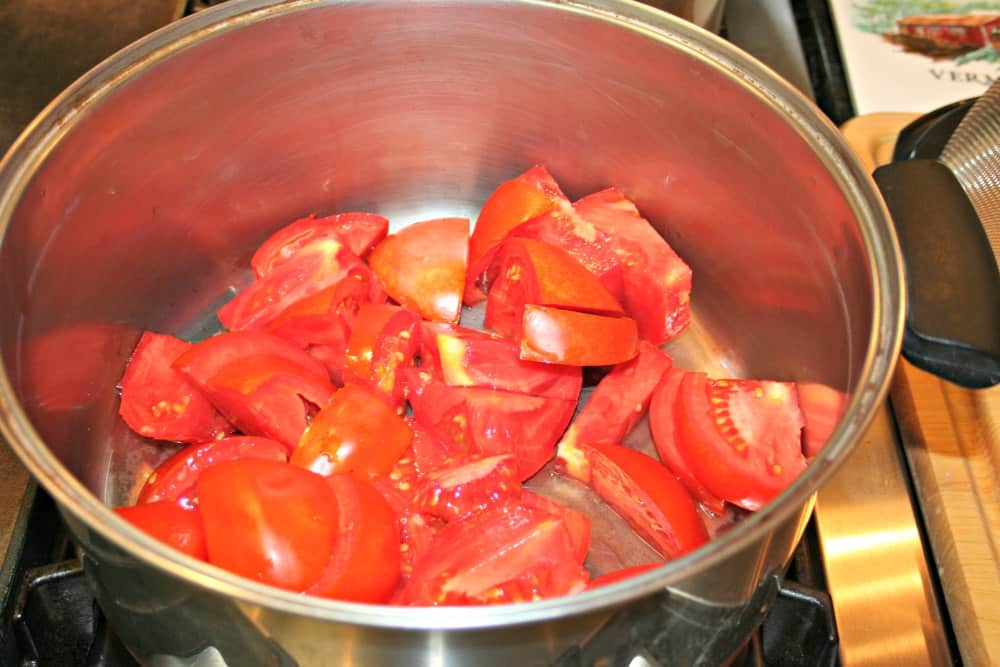
You’ll need two large pots, one heavy one to boil the tomatoes and another to hold the juice. A ladle makes it easier to scoop out the juice into canning jars. For the old-fashioned technique, a potato masher is essential.
To make the juice:
- Peel and core clean tomatoes. Slice into quarters or smaller slices.
- Place a layer in the bottom of the pot (as shown, above).
- BOIL over high heat stirring to make sure they don’t burn.
- Carefully use a potato masher to smash them up.
- Boil until everything is boiled into pulp, then pass through a sieve into another pot.
- Discard the pulp and seeds from the sieve.
The tomato juice is in another pot now and free from seeds and skins thanks to the sieve. Keep it warm on a low flame.
How to Can Tomato Juice
- Heat a hot water bath canner with enough water to cover the filled jars.
- Heat jars and lids.
- Place 1/2 teaspoon of salt and 1 tablespoon of lemon juice the bottom of each jar.
- Pour tomato juice into each jar leaving 1/2 inch of headspace.
- Cover with lids and rings; tighten finger tight.
- Place jars in canner. Cover canner.
- Process pint jars for 35 minutes. Quart jars, process for 40 minutes.
- Remove cover and wait 5 minutes before removing jars. Let cool at room temperature for 24 hours. Label and date.
The tomato juice can also be used as tomato soup. Just add rice and any thickener you’d like.

